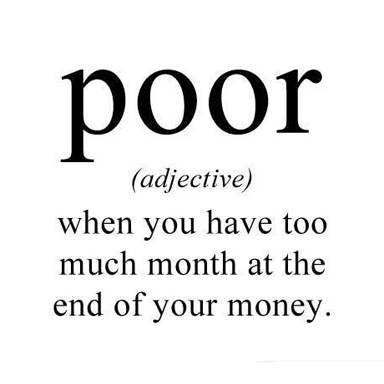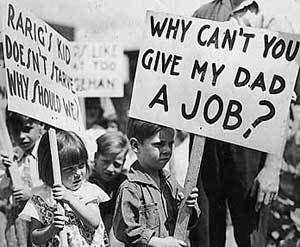The root of many poor spending decisions starts right at home. It’s from here where many families show how their approach towards spending ends up greatly reducing the money that comes into their family budget. Americans, in general, have a higher standard of living than many other developing countries and our collective addiction to debt causes us to go into foreclosure or bankruptcy while trying to keep up with the Joneses. Before a household can begin to reduce their expenditures outside the home, it’s important to first look inside the home and ask yourself some difficult questions about the way you and your family lives.
Living in moderation is practically a four-letter word in America’s consumer culture, but it’s the first step at telling the difference between need and want. The first step to this is the elimination of trivial costs. Starting small and examining small expenses is the best way to go. For example, before you head off to get your morning latte before work, look at how much you spend on your morning beverage. Look at your shopping habits. Ask yourself if you’re shopping for clothes while on sale. Compare the costs of these things and start becoming more shop savvy and really examine how little you’re paying attention to how you spend.
You have to recognize and approach spending with the bigger picture in mind. Once you get a handle on your daily spending habits, you’ll begin to understand the disparaging difference between what you’re putting out versus what you’re bringing in. It’s at this point that you can begin to start fine-tuning your spending. For example, if you smoke, then it’s best to start taking steps to quit. It will translate into thousands every year. Look for free insurance quotes to see if you could save on your monthly premiums. If you have a SUV, then you obviously need to switch to a car that gets better gas mileage. Though these approaches may be painful, they will go a long way towards saving and getting your sending under control.
Perhaps the biggest problem that we face is credit debt management. First thing’s first, you’ll want to greatly reduce the number of your credit cards. You’ll still have to pay them off, but many credit companies offer 0 percent balance transfer so you can put all of your debt under one roof. So many people struggle with their credit card bills, and you have to manage your use of them if you’re ever going to keep your head above water. At this point you’ll have your debts consolidated, and then you can get current on your debt. Now, you can start down the path of getting rid of your debt and get payment plans coordinated with your creditors.
It doesn’t take a genius to get spending under control. The most difficult part of it is having the ability to step back and take a good hard look at the way we rationalize our purchase. We’re hardwired from a early age to be motivated by compulsory spending. Some time it can be as easy as stopping before you head to the check-out lane and make a conscious decision to ask yourself…”do I really need this?
This article was brought to you by InsuranceQuotes.com, providers of insurance advice and quotes of different types of insurance.























